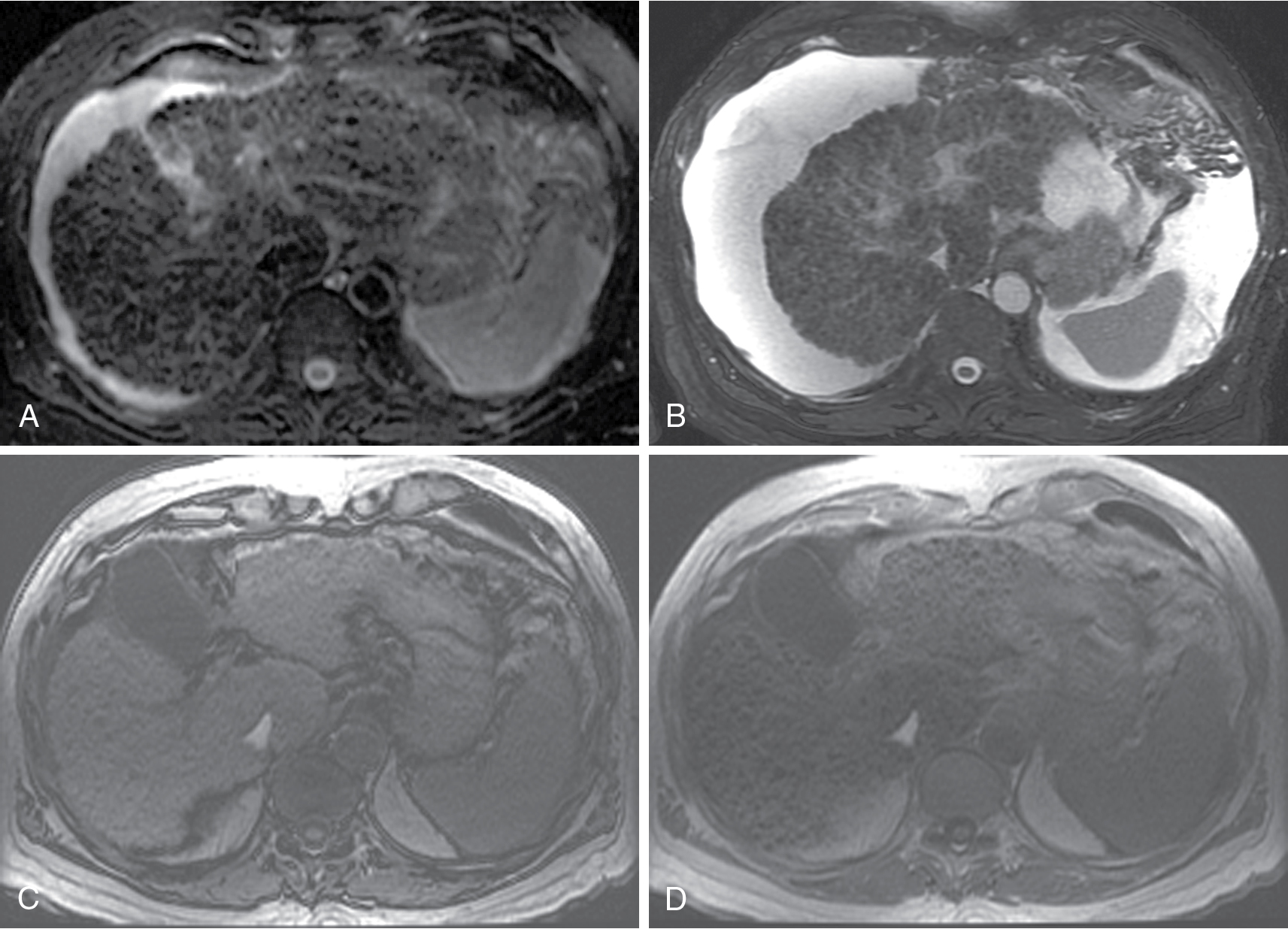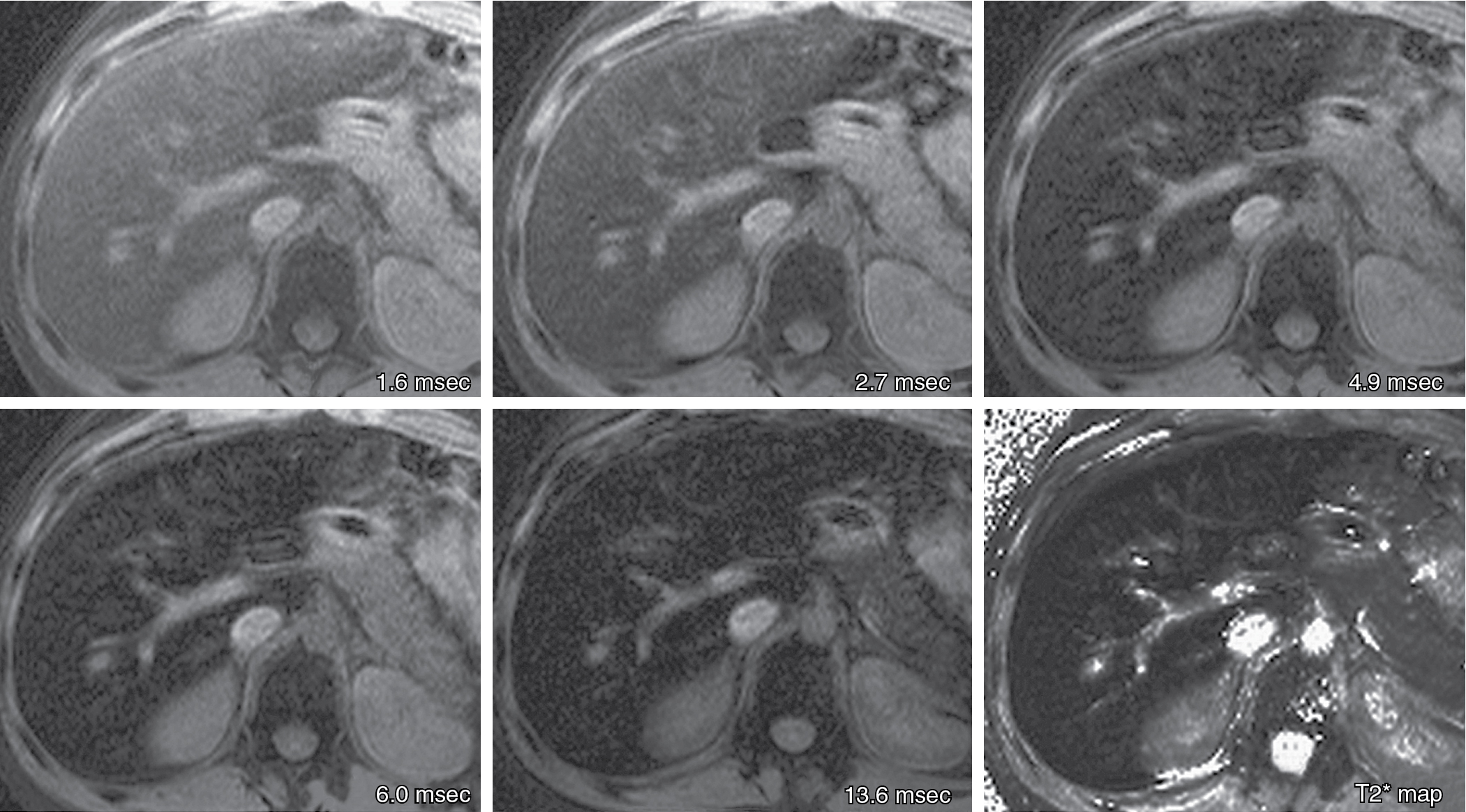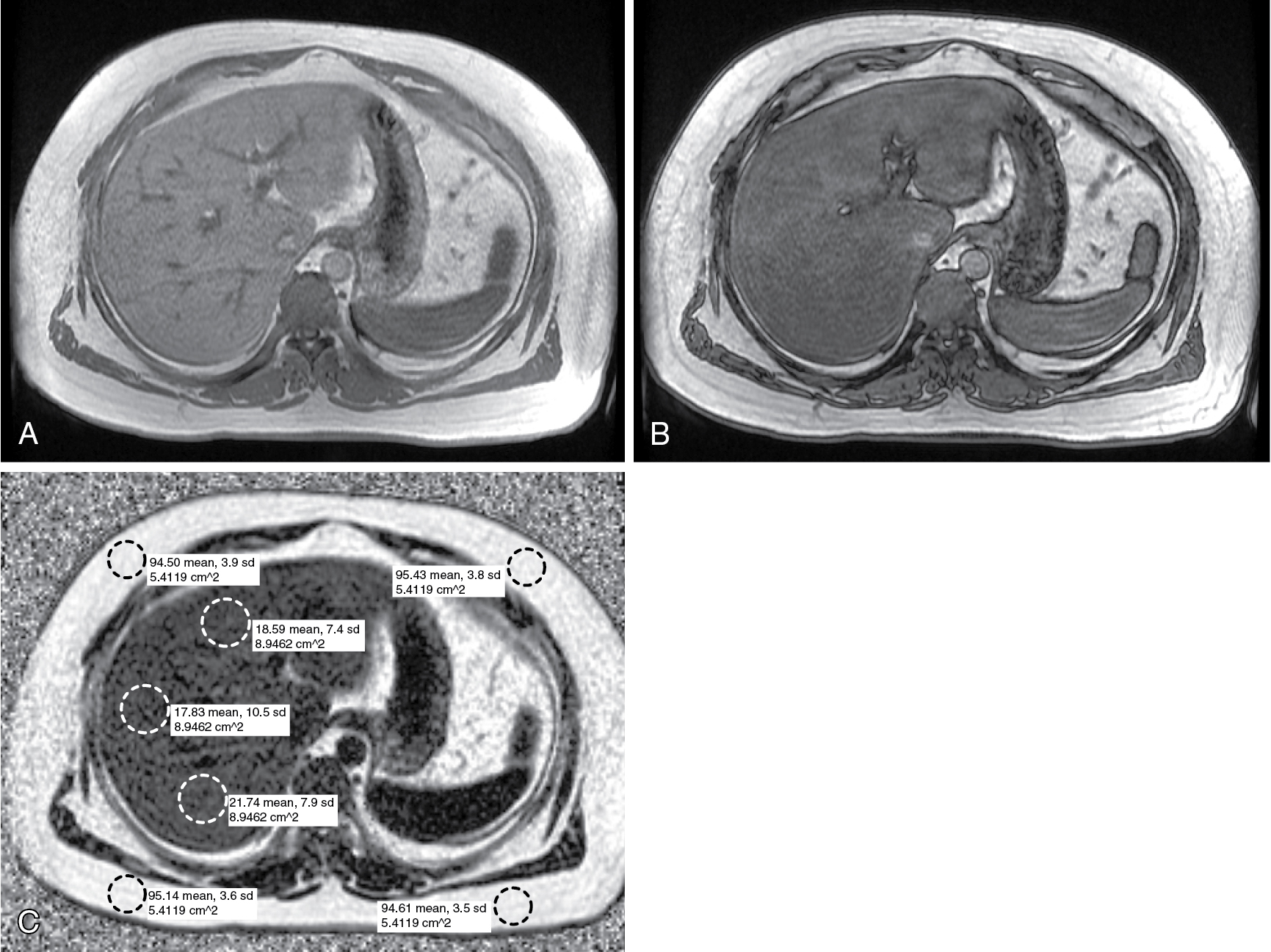Physical Address
304 North Cardinal St.
Dorchester Center, MA 02124
The liver is located in the right upper quadrant of the abdomen below the diaphragm. It is mostly covered by ribs but the lower portion of the liver is palpable below the right costal margin. The liver is divided into four anatomic lobes: right, left, quadrate and caudate.
At the anterior surface of the liver, the falciform ligament separates the left and right lobes. The falciform ligament binds the liver to the anterior abdominal wall. At the visceral surface, the ligamentum teres separates the left and right lobes.
The quadrate and caudate lobes are adjoint with the right lobe. The quadrate lobe is demarcated by the gallbladder, porta hepatis and ligamentum teres. The caudate lobe is demarcated by the inferior vena cava, porta hepatis and ligamentum venosum.
The Couinaud classification divides liver tissue into eight segments. On a frontal view, segments 6 and 7 are not visible, as these are located posteriorly. The right border is formed by segments 5 and 8.
At embryologic day 22, the liver tissue starts developing from an endodermal thickening called the hepatic plate, which is located on the ventral side of the duodenum. Cells in the hepatic plate proliferate and develop into the hepatic diverticulum. The hepatic diverticulum gives rise to hepatoblasts, and from hepatoblasts to hepatocytes and bile canaliculi. At an embryological stage, the liver serves as a hematopoietic organ.
Patients with hepatitis C, hepatitis B, alcoholism, nonalcoholic fatty liver disease, and autoimmune hepatitis may develop chronic liver disease (CLD). Depending on the primary etiology, these patients may present a liver profile with fibrosis, fat and/or iron accumulation.
Fibrosis. For fibrosis assessment in CLD patients, several magnetic resonance imaging (MRI) techniques can be used, including conventional contrast enhanced MRI, double contrast enhanced MRI, diffusion weighted imaging, MR elastography, and MR perfusion imaging ( Fig. 15.1 ). In double contrast enhanced imaging, superparamagnetic iron oxide administration (SPIO) and gadolinium are used as contrast materials. In MR elastography, an external paddle produces a mechanical stimulus on the liver in a frequency between 40 to 120 Hz. Shear waves generated by the paddle are monitored, and the shear wave velocity is calculated. Diffusion weighted imaging (DWI) monitors the diffusion of protons and signal loss during this process. Interpretation of DWI is based on calculation of apparent diffusion coefficient (ADC) values. ADC is calculated by measuring the signal loss between two b values (b value = strength of the diffusion weighting). In MRI perfusion imaging, hemodynamic changes in a fibrotic liver can be evaluated after bolus injection of contrast using kinetic models of dynamic image data.

Iron. Gradient echo images are more sensitive to signal loss than that of spin echo images. Mild iron accumulation may only appear on gradient echo images. Severe iron accumulation may appear on both techniques. Calculation of T2 or T2* relaxation time constants using multiple echo times and calculation of a signal intensity ratio between the liver and an internal reference (e.g., paraspinal muscles) can be useful to quantify liver iron ( Fig. 15.2 ).

Steatosis. MR spectroscopy measures proton composition in a specified volume. Frequency-selective imaging applies a radiofrequency pulse to the fat or water frequency range to selectively suppress fat or water signals. Phase-interference imaging focuses on echo-time dependent phase-interference effect between fat and water gradient signals. Proton density fat fraction measures the ratio of fat proton signals to the sum of fat and water proton signals ( Fig. 15.3 ).

Fibrosis. Although computed tomography (CT) is accurate and preferable in cirrhosis detection, there is limited information about performance in fibrosis quantification and precirrhotic liver evaluation. Caudate-to-right lobe ratio and decrease in diameter of liver veins have been proposed to detect liver fibrosis.
Become a Clinical Tree membership for Full access and enjoy Unlimited articles
If you are a member. Log in here